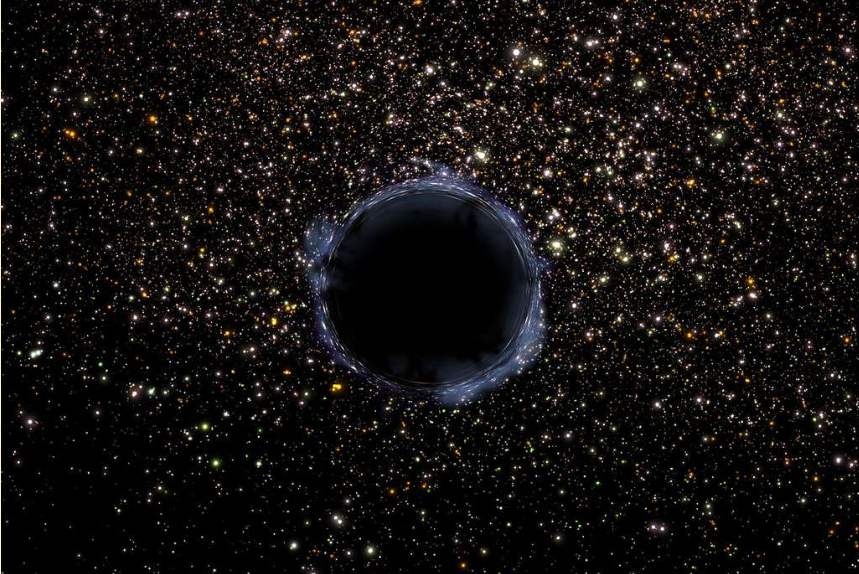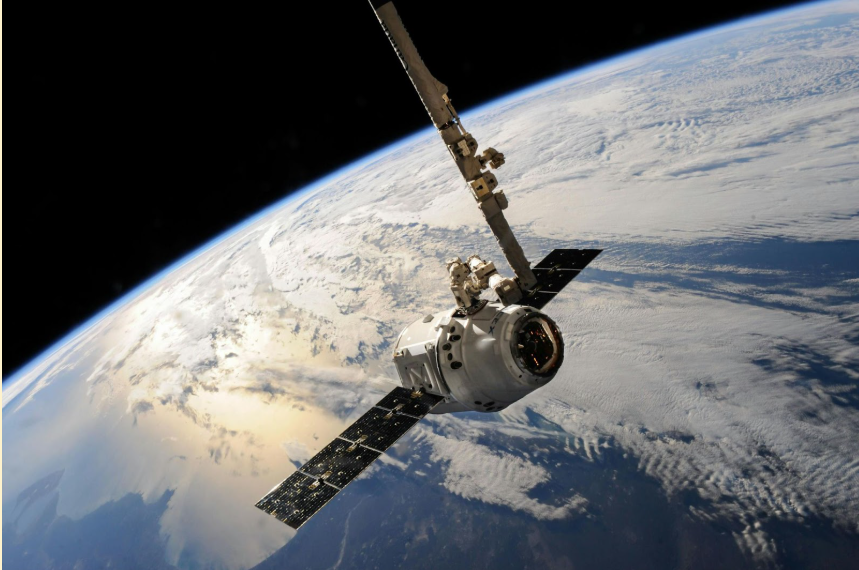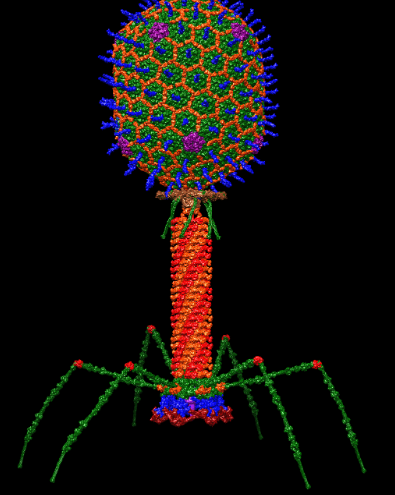If you’ve ever been to a concert with a cup full of liquid in your hands, you might notice that the liquid ripples a little bit every time the speakers blast. Or, if you’ve watched Jurassic Park, you might remember the scene where the puddle ripples as the T-Rex stomps around. When something vibrates nearby, water often vibrates with it, as the ripples carry the force across the water’s surface.
In April 2020, however, researchers from the Stanford Linear Accelerator Center (SLAC) took that idea to the extreme. Published in Physical Review Fluids, SLAC researchers used high-powered X-ray pulses to energize water, boiling it almost instantly.
This X-ray laser, known as the Linac Coherent Light Source (LCLS), has also been used in other experiments, such as when SLAC scientists created an atomic “black hole” by energizing electrons. When electrons gain enough energy, they rip free from their atoms, causing the atomic nuclei to capture any free electrons they can in order to replace missing ones. SLAC’s X-ray did exactly that, hitting the electrons energizing them and giving them enough energy to break free.
Similarly, SLAC researchers used X-ray pulses to energize water. When water is energized, it starts to heat up as the water molecules move faster and faster. Eventually, they move fast enough to become water vapor. Once the water molecules absorbed enough energy from SLAC’s X-ray, they vaporized, creating shockwaves that traveled through the water and continued vaporizing other molecules.
These kinds of shockwaves are exactly what happens in your ears when you hear sounds, only magnified immensely and at a smaller scale. Sound waves vibrate the inside of your ears, causing tiny shockwaves in the fluid that fills them. Scientists estimated that the sound waves traveling through the water would register at an astounding 270 decibels, much louder than NASA’s loudest ever rocket launch at 205 decibels, and has a total energy equal to directing an entire city’s power grid into one square meter.
Such ridiculous amounts of energy are necessary to push the boundaries of water. We know that water conducts sound much better than air, because of the particles in liquid water being closer together. The proximity of these particles is what allows sound to travel, as the sound wave vibrates water molecules while it moves. And, with larger amounts of energy, researchers can consequently produce louder sounds.
It seems almost pointless; Why create a sound so loud that it breaks down its own medium? But studies like this have intriguing benefits for science. Understanding how these shockwaves affect atoms at a microscopic level could allow scientists to better understand how molecules like enzymes and proteins are structured, which lets them analyze how the molecules could be useful in other areas of science.
By better understanding how molecules react to such extreme forces, scientists can investigate how materials resist stress underwater, which could prove useful for designing machines like submarines. Such discoveries could prove useful for biologists, chemists and physicists alike as they attempt to discover the nature of our universe.









